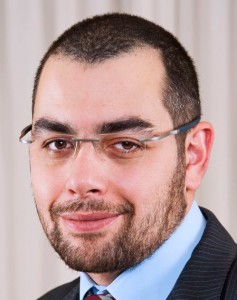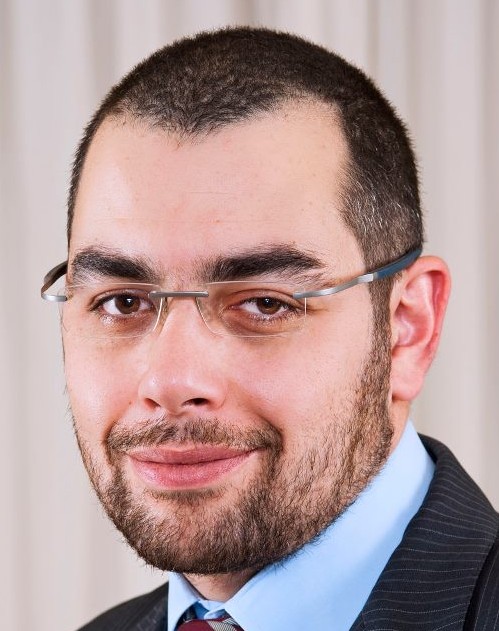
In a country that has become infatuated with political talk, the lack of sustainable political actions never ceases to amaze me. Despite their instantaneous impact, several movements that have surfaced on the Egyptian political scene in the past 10 years never took off or accomplished the form of continuity which brings about significant structural change. Here is a look at some of these change agents and how they fared.
Kefaya
“Kefaya” was the name denoting the Egyptian Movement for Change. The movement was launched as a platform for protest against the president then, Hosny Mubarak. It came to prominence during the 2005 constitutional referendum and presidential election campaigns. The movement was later plagued with leadership changes and internal debates until it seemingly ran out of steam. The sternest critique of Kefaya is that it was fundamentally a protest movement, targeting President Mubarak, without putting forward an alternative or expressing a practical vision for change. Ironically, a movement that has called itself a movement for change never really articulated what this change is supposed to be, aside from toppling the existing president. While the movement fell short of the overblown expectations, Kefaya’s primary achievement has been the introduction of the concept of protesting and dissent into the then stagnant Egyptian political sphere.
April 6 Youth Movement
Established in the spring of 2008, this Egyptian activist group sought to support the workers in El Mahala Al Kobra for their strike planned for 6 April of the same year. In the road to 25 January, the movement was engaged in resistance to the regime with activists constantly being harassed by the authorities. The movement has embraced 25 January, as it sought to play a role in mobilizing youth against President Mubarak. Shortly after, the movement contemplated turning into a political party; however, this thought never truly materialized. It is worth noting that Otpor, the Serbian movement which April 6 is loosely modeled after, has transformed into a political party, but failed to pass the 5% threshold and win seats in the Serbian National assembly, and soon ceased its activities. The April 6 Movement was most definitely destined for the same fate, should it have turned into mainstream politics. Instead, the group succumbed to continuing leadership rifts as it flip-flops between political positions. Once supporting former President Morsi in the second round of the elections, it is now torn between whether or not to support the current transition. The only certain fact is that the group is steadily walking on a path of disintegration.
Tamarod
The chances of you opening a TV channel or grabbing a newspaper without a Tamarod member being part of the act are always slim to none. The movement that was founded to register opposition against President Morsi, and force him to step down by collecting signatures, is still holding to its place in the public sphere. Having won places in the 50-members constitution writing committee, the group is the current darling of grassroots movements. In August, the group announced that it will likely form a political party. A bit reminiscent of what April 6 has contemplated and I have no doubt that it if this materializes, it will have the same fate as Otpor. The group is technically a Kefaya 2.0 who rode a wave of popular dissent and military support. With the stated target achieved, and no alternative vision being presented, the group is certainly enjoying its final moments of fame.
It remains a mystery as to why none of these movements gave rise to long lasting organized movements. This is in large due to the lack of a long term vision. From Kefaya to Tamarod, the movements which have sprung in the Egyptian political scene were bound to single objectives. Once those objectives were fulfilled, these movements were left in a limbo. While I agree that political progression requires the presence of change agents, it is the continuity part that is seriously lacking here. There remains the fundamental flaw of mistaking motion for action, and thus leaving all those movements as nothing but one-hit wonders.



